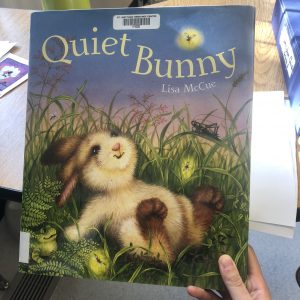After two years, I began the field placement for the second time. This time I was placed in St. Matthew elementary school. It is a Catholic school and so was the school I had my very first placement. On the night before my placement, I stayed up till the morning with an excited and nervous heart. I felt excited because I wondered if I could have some improvements when I face students. I felt nervous because I am introverted and I am afraid I cannot communicate with people well because English is my second language. In ECS 303 course, we had a discussion about our field placement experience and some classmates said we felt nervous because we care about this career. I felt a lot better when I thought in this way.
I was in Grade 2 and 3 class. I asked my coop teacher why the school placed students who are of different ages in one classroom. She told me that because the number of Grade 3 students aren’t enough to become a class and thus they are in the same classroom with Grade 2 students. I posted the second question: How should we achieve the different learning outcomes in one class given that the learning outcomes are different for different age students? I got the answer during my observation. Taking the math class as an example, the teacher would first teach Grade 2 students and then switched to Grade 3’s lesson plan which was about more difficult addition and subtraction. When I saw the coop teacher was busy switching between the two curricula, I felt it was not easy to be an elementary teacher.
The first class was writing and the topic is “How to carve a pumpkin”. The teacher began the lesson with a Youtube tutorial which not only visualized the procedure from a child’s perspective but also narrated the procedure in captions. After watching the video, the teacher wrote the tutorial content on the whiteboard. While writing, she asked the student if they could substitute certain words with other words. I believe this aimed to connect students’ prior knowledge with the learning material. The teacher presented the process using conjunctions such as “first, then, after that”, and “at last” to enhance students’ understanding. Instead of requiring students to create a new piece, the teacher handed out their notebooks without erasing her written instructions. When I watched students coping with her writing, I realized that the learning outcome was not about creating but about learning sequence words and the correct punctuation.
I found an interesting book in the book corner. This was a graphic story which name was Quiet Bunny.

It was about a bunny who was unsatisfied about her voice and mimicked other animals’ voices and finally she realizes the value of her voice. I was attracted by the delicate illustrations. Moreover, the book’s emphasis on identity is worth learning. It is important for people to find their own values which are the foundation of self-esteem and confidence. Maybe I could use this book as a mentor text for ELA.
